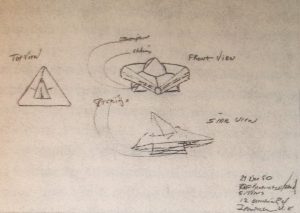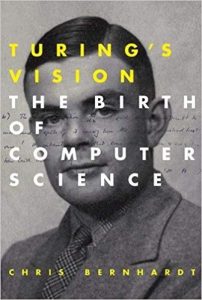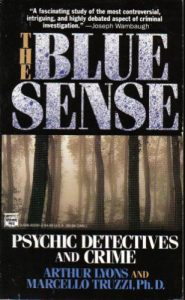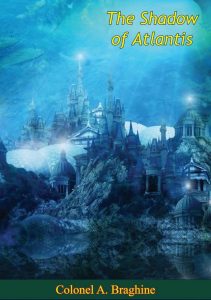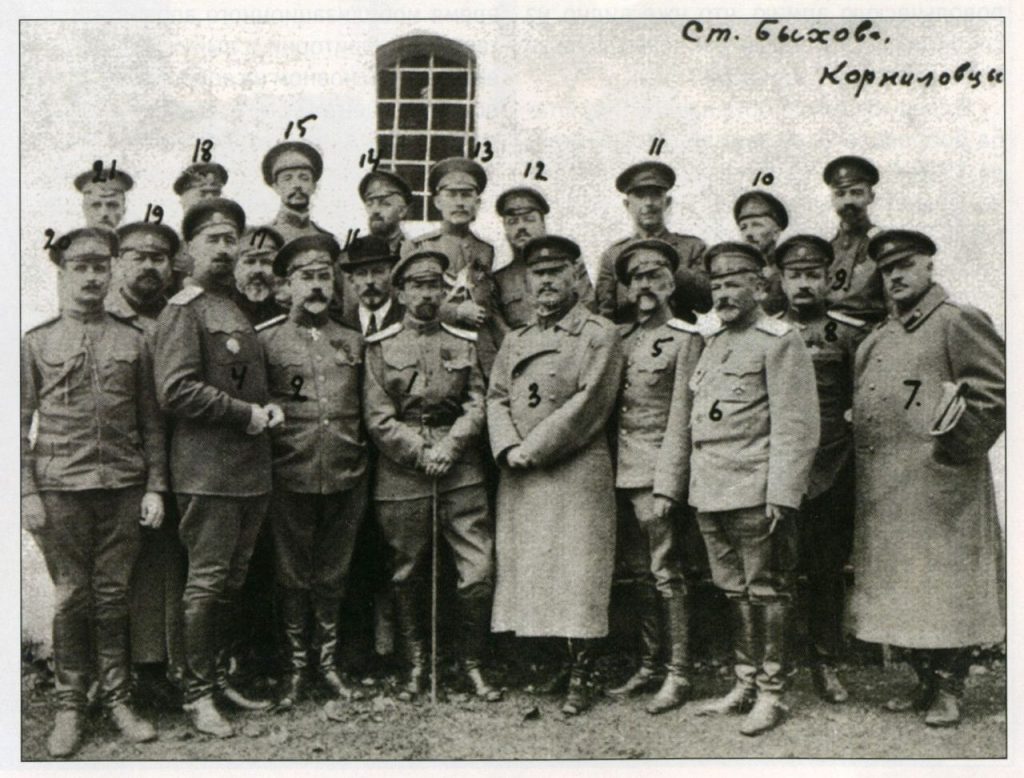The Gnostic Jung And the Seven Sermons to the Dead
The Gnostic Jung And the Seven Sermons to the Dead
Reviewed by Frank Thomas Smith – Quest Books: 4th printing 1994
The Seven Sermons to the Dead is a mysterious, little known or understood work of C. G. Jung’s, which was privately printed in German, without copyright or date, sometime between 1920 and 1925, and distributed to a select group of friends. Stephan A. Hoeller copied, then translated it from the original. Then he wrote a book in which he not only calls The Seven Sermons a Gnostic document, but also claims that Jung himself was a modern Gnostic.
The Gnostic Jung is essentially an attempt – and a very good one at that – to interpret the Seven Sermons, and they certainly need interpretation. Along the way Hoeller, an almost worshipful admirer of the “Wise Man of Küsnacht”, gives us a clear, skillful elucidation of some of Jung’s essential ideas. But the question is: Was Jung really a Gnostic? Certainly he admired Gnostic thought and his works are liberally sprinkled with references to them. But he never called himself a Gnostic; on the other hand, he never identified with any philosophical or religious stream but his own psychoanalytical specialty.
Without doubt Jung’s kind of psychoanalysis was different, approaching what could be called a path of initiation, the analyst becoming a hierophant and the patient a neophyte, or disciple. Mental illness was considered to be a divided or incomplete condition and health as a state of spiritual wholeness – or near wholeness. Jung always insisted that his writings were based upon empirical evidence and personal experience – and not mystical speculation. After his death and the publication of his autobiography, Memories, Dreams and Reflections, and disclosures by his most intimate disciples, it became clear that Jung underwent an intense period of spiritual experience between 1912 and 1917. This may explain his insistence on the word “empirical” to describe his investigations. The only fragment of his writings from that period which he permitted to be published was The Seven Sermons to the Dead, using terminology and style of second century Gnosticism. Jung attributes the authorship to Basilides, a Gnostic sage who taught in Alexandria around A.D. 125-140. Whether this implies some sort of mediumship or automatic writing is a matter of speculation. However, it should be borne in mind that it was the practice for centuries to ascribe authorship of spiritual treatises to someone who the real author considered to be more spiritually advanced than himself.
It would be futile to attempt a synopsis of Hoeller’s interpretation of The Seven Sermons to the Dead here. At best we can consider a few aspects which especially interested this reviewer.
Western materialism has caused many seekers of spirituality to direct their search toward Eastern mysticism. Jung, surprisingly, contended that the search for the wisdom of the East had almost darkened the mind of the West and that it is a search that continues to lead many astray. It isn’t only the impact of alien cultures that can be dangerous to the Western soul. Much of Hindu and Buddhist thinking is directed towards the obliteration of individual consciousness (ego-lessness).
When desire is snuffed out by a variety of meditation and concentration practices, what remains is a psychic corpse from which the libidinal cosmic force of the vital urge has been artificially removed. One can perish of psychic pernicious anemia as well as from its physiological analogue, and the fulfillment of such objectives as desire-lessness and ego-lessness may very well lead to just such a condition. The desire for self-knowledge is just as much a desire as the desire for food or sex.
In his work The Archetypes of the Collective Unconscious Jung restates the message contained in the Second Sermon when he says: “Evil is the necessary opposite of good, without which there would be no good either. It is impossible to even think good out of existence.” Jung was insistent especially on the reality and titanic magnitude of evil, for he felt that western humanity, beginning with Christian theology, has consistently and disastrously dwarfed the picture of evil as arising from the unconscious of humanity. In Civilization in Transition he wrote that evil “is of gigantic proportions, so that for the Church to talk of original sin and to trace it back to Adam’s relatively innocent slip-up with Eve is almost a euphemism. The case is far graver and is grossly underestimated.”
President Bush was criticized for calling bin Laden and the terrorists responsible for the World Trade Center destruction “evil”. The critics are not saying that bin Laden is “good”, rather are they implying that evil doesn’t exist, and we should look for reasons in socio-economic injustice. Although it is not possible to deny that social injustice exists in the world, it would be difficult indeed to characterize these terrorist acts as anything but evil, if we take Jung’s point of view seriously. Of course, there are many other kinds of what seems to be pure evil in the world. According to Jung, good and evil are not two opposite poles of a linear dimensionality. They resemble a circle wherein going far enough in either direction is likely to associate one with the opposite polarity. He said that there is no good that cannot produce evil and no evil that cannot produce good. More »


